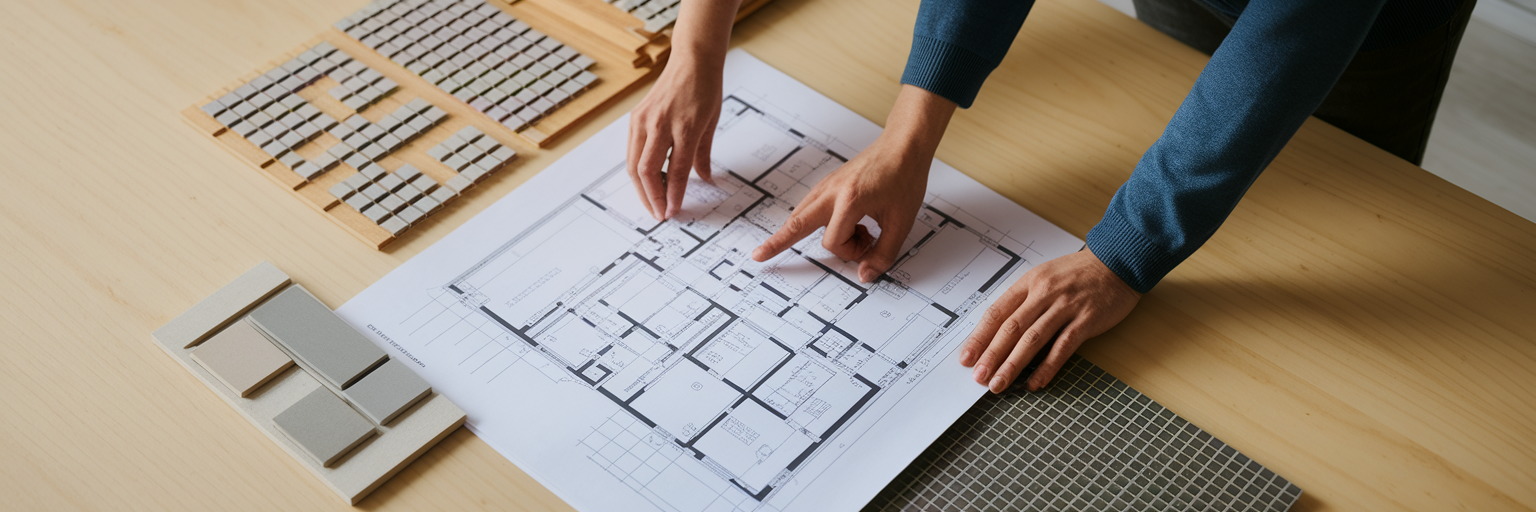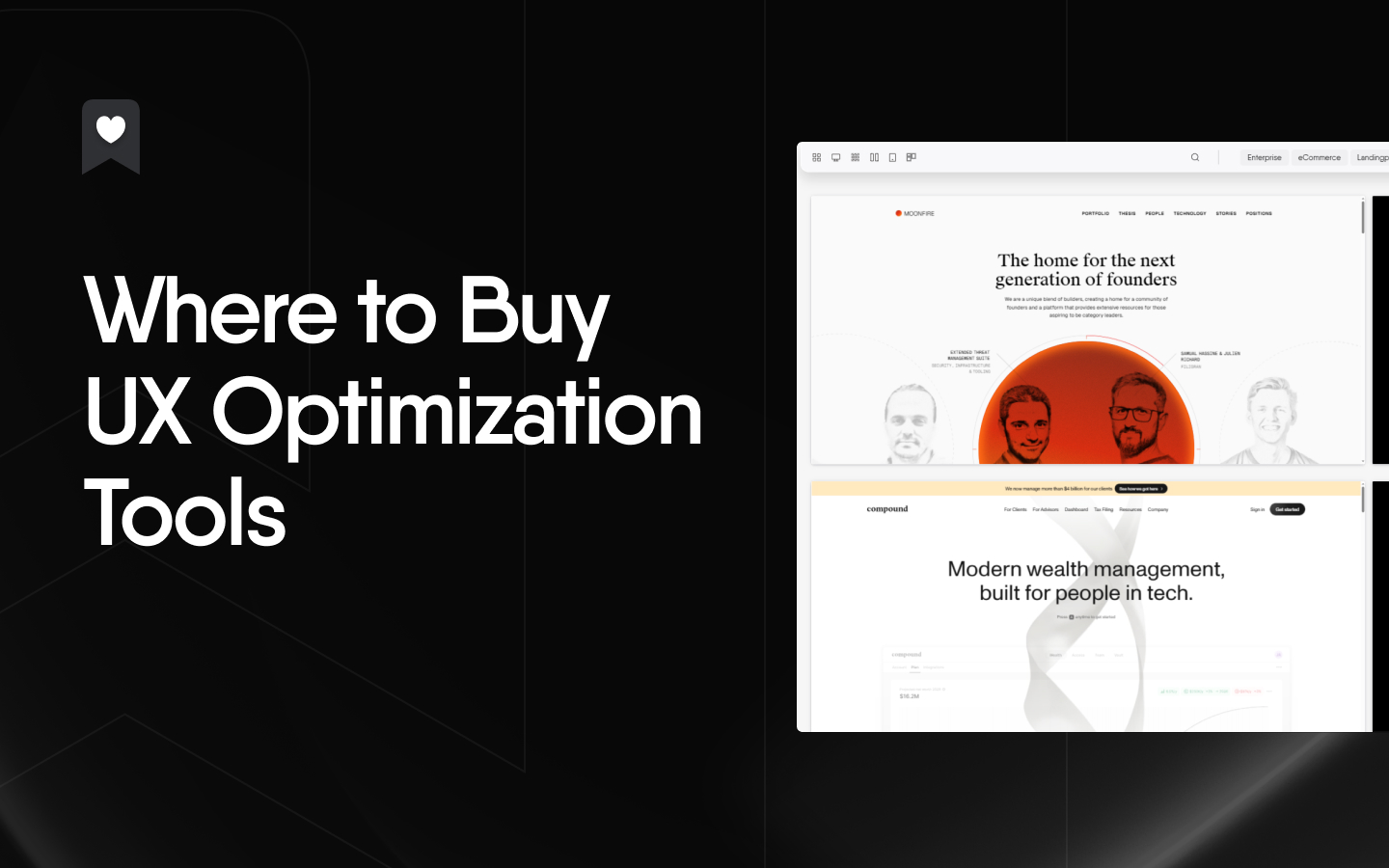Many talented freelance designers eventually hit a ceiling. Your creative skills are sharp and your client list is growing, but there are only so many hours in a day. This is the moment when passion outpaces your one-person capacity, and the idea of starting a design agency begins to take shape. The thought of handling the "business side" of things can feel intimidating, but it is the natural next step in your career.
This creative agency startup guide is your practical blueprint for turning that ambition into a scalable business. We will demystify the process, from legal setup to client acquisition. A successful agency is born when brilliant creativity is supported by smart, organized systems. Let's build the foundation for your agency's future, one clear step at a time.
Building Your Agency's Legal and Financial Foundation
Before you can focus on creative work, you need to build a solid administrative foundation. These non-negotiable steps protect you and legitimize your business from day one. The first decision is choosing a formal business structure, which is essential for liability protection. It creates a legal separation between your personal assets and your business debts. For most new agencies in the United States, the choice comes down to a Sole Proprietorship or an LLC.
| Factor |
Sole Proprietorship |
LLC (Limited Liability Company) |
| Liability |
No legal separation; personal assets are at risk. |
Separates personal and business assets, offering protection. |
| Setup & Cost |
Easy and inexpensive; no formal action required to form. |
Requires filing with the state; involves filing fees. |
| Professional Image |
Viewed as a freelancer or individual. |
Perceived as a more formal, established business. |
| Taxation |
Profits are taxed as personal income. |
Offers flexible taxation (can be taxed as a sole proprietorship or corporation). |
Note: This table provides a general overview. It's recommended to consult with a legal or financial professional to choose the best structure for your specific situation in the United States.
Once you have chosen a structure, complete these essential tasks:
- Register your business name to ensure it is unique and legally yours.
- Get an Employer Identification Number (EIN) from the IRS, which is like a Social Security number for your business.
- Open a dedicated business bank account to keep your finances separate from personal funds.
This separation is critical for tracking profitability and maintaining a professional image. Taking these steps now prevents major headaches later and establishes your agency as a serious enterprise.
Defining Your Agency's Brand and Niche
Now it is time to think like a brand strategist for your own agency. Your brand is much more than a logo. It is the mission, values, and unique promise you make to clients. Ask yourself: What problem do you solve better than anyone else? What kind of clients and projects truly energize you? Answering these questions will help you define a brand that attracts the right opportunities.
One of the most powerful strategies for a new agency is niching down. Instead of being a generalist, focus your expertise. You could specialize in "branding for SaaS startups" or "web design for sustainable e-commerce brands." A niche makes your marketing more effective and positions you as an expert.
Picture this: a central, visual space where you collect typography, color palettes, and competitor branding to shape your agency's identity. This is where a tool for visual organization becomes essential. You can find endless ideas to get started by exploring the curated sites on our inspiration page. Building a brand inspiration library helps you create a cohesive identity that communicates your specific expertise and attracts your ideal clients from the start.
Crafting a Portfolio That Wins Clients

Many aspiring agency owners face the classic "no clients, no portfolio" dilemma. The good news is that you can build a compelling portfolio without a long list of past clients. Here are a few actionable strategies to get started:
- Evolve past freelance work into agency case studies. Revisit your best freelance projects and detail the problem, your strategic process, and the results you delivered.
- Create self-initiated projects. Identify a real-world problem for a dream client and design a solution. This showcases your proactive thinking and creative vision.
- Offer your services to a non-profit or collaborate with other creatives. This is a great way to build your portfolio while making valuable connections.
A great portfolio tells a story. It demonstrates your strategic thinking, not just your visual skills. For instance, if you are targeting e-commerce clients, studying how top brands present themselves is key. As highlighted in a review of successful Shopify Plus stores by The Hope Factory, high-growth companies prioritize specific design elements. Keeping all your project assets organized is crucial for building these case studies efficiently.
Assembling Your Creative Team and Network
As you start your agency, you will face a strategic choice: go it alone or build a team. This is not an all or nothing decision. The modern agency often operates with a core founder who collaborates with a trusted network of freelance specialists. Think of yourself as a film director assembling the perfect crew for each project. You might bring in a copywriter, a developer, or an SEO specialist as needed.
This flexible model gives you scalability without the heavy financial burden of full-time staff. To do this effectively, perform a self-assessment to identify your own skill gaps. If you excel at visual branding, find a partner who is an expert in UX or web development. This allows you to offer a more comprehensive service to your clients.
Remember that an agency's strength lies in its relationships. A reliable network of collaborators is just as valuable as a client list for achieving long-term growth. For more insights on creative business strategies and team building, our blog offers a wealth of information to help you grow.
Mastering Client Acquisition and Proposals

The "build it and they will come" approach rarely works when finding clients for a design agency. You need to shift your mindset from passively waiting for work to proactively seeking out the right opportunities. A targeted strategy is far more effective. Start by identifying 10 to 20 ideal clients and researching their pain points before you ever make contact.
Once you have a potential client interested, you need a proposal that closes the deal. A winning proposal should:
- Clearly define the client's problem in their own words.
- Outline your strategic solution and how it solves their problem.
- Detail the project scope, timeline, and key milestones.
- Present a clear payment schedule and total investment.
To simplify your offerings, consider creating tiered packages like a "Brand Starter Kit" or a "Complete Website Redesign." Before writing a proposal, you can create a "client research" collection in Bookmarkify. Save their current site, their top competitors, and articles about their industry. With a tool like our Design Analyse feature, you can quickly understand their existing fonts and colors to craft a deeply informed pitch that shows you have done your homework.
Streamlining Your Agency's Creative Workflow
We have all been there: 42 open tabs, links lost in email chains, and inspiration scattered across desktops and apps. This creative chaos is a hidden cost that drains billable hours and kills momentum. A key part of a solid design agency business plan is a streamlined workflow. A centralized inspiration hub is the solution, acting as a single source of truth for every project.
This is where Bookmarkify transforms your process. It allows you to save websites, images, and notes with specific tags for instant retrieval. Here is how it works in action:
- Use the moodboard view for initial brainstorming sessions with your team.
- Switch to the grid view for a quick overview of all project references.
- Use mobile and desktop previews to analyze responsive design without extra tools.
As Figma highlights in its guide on how to create a design brief, a structured process is fundamental. Collaboration also becomes seamless. You can share a curated collection with a client or team member via a single URL, which eliminates confusing feedback loops and ensures everyone is perfectly aligned.
Managing Finances and Scaling for Growth

A profitable business requires smart financial strategies. It is time to move beyond hourly rates and toward more sustainable pricing models. Project-based pricing and monthly retainers create predictable revenue streams, which are essential for managing cash flow. Even on fixed-price projects, you should track your time internally. This helps you accurately gauge profitability and inform future quotes.
Manage your cash flow by invoicing in stages, such as 50% upfront and 50% upon completion. As an Envato guide on starting a design agency notes, learning to manage a budget is a critical skill for any founder. Using accounting software like QuickBooks or FreshBooks can automate invoicing and expense tracking, freeing you up to focus on creative work.
Finally, adopt a forward-thinking mindset. Scaling your agency could mean refining your services, raising your prices, or even developing digital products. The goal is to build a sustainable and growing business, not just to stay afloat. Smart financial planning is what makes that growth possible.
Your Next Step Toward Agency Success
You have now walked through the journey from passionate creative to strategic agency owner. We have covered the essential pillars: a solid legal foundation, a clear brand, a compelling portfolio, streamlined workflows, and smart financial planning. Building an agency is a marathon, not a sprint, but your creative talent is your most valuable asset.
The entire process comes back to a central theme of organized creativity. The first step in any new venture is gathering and organizing your ideas. This is where you begin building your agency. Take your very first step by organizing your inspiration, your business ideas, and your dream client list.
Start organizing your ideas for your new agency with Bookmarkify today. Your future self will thank you.













